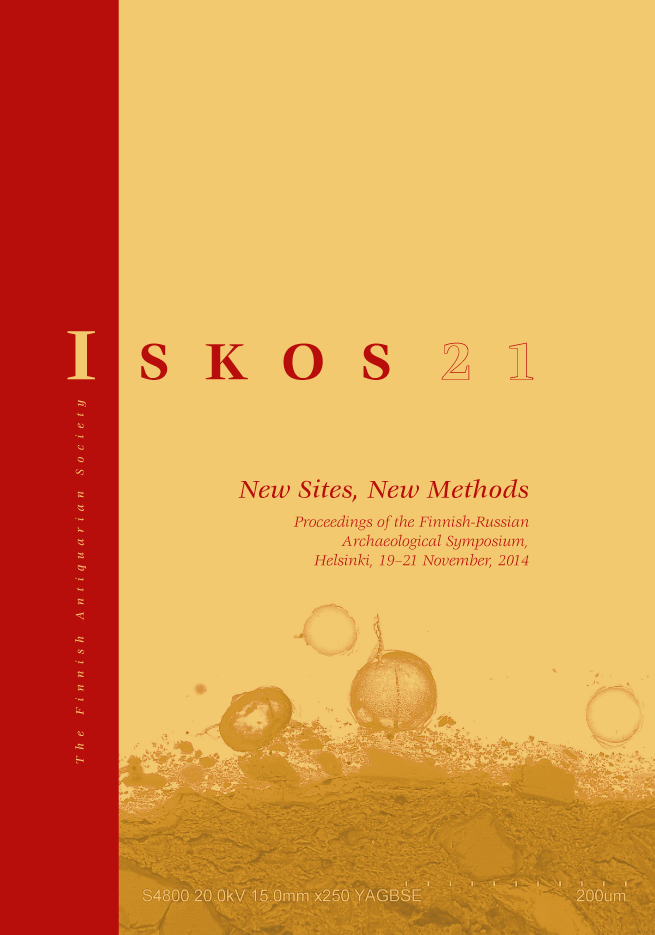The Karelian Culture after the Crusade Period
Abstract
The Crusade Period (ca. AD 1050–1300) is widely considered as the period when ancient Karelia flourished. There are, however, many unanswered questions regarding its chronology, especially during the later stages of the period. From an archaeological point of view, the Middle Ages (ca. AD 1300–1500) have remained very poorly visible, and our understanding of the period has been based almost totally on written sources – which are very few in number. Especially the material culture of rural areas – where the vast majority of people lived – has been poorly understood. Recent results of archaeological studies show that several of the classical artefact types of the Karelian culture were still used in the Middle Ages. The cultural continuation is even more obvious in the form of some archaeological sites, most notably cemeteries. It is fair to state that the Karelian culture of the Crusade Period still prevailed during the first century of the historical era. Especially in Käkisalmi Karelia, there is a degree of continuation of material culture until the 17th century. At the same time, the major changes that are present in the medieval written sources are not very visible in the archaeological record.




